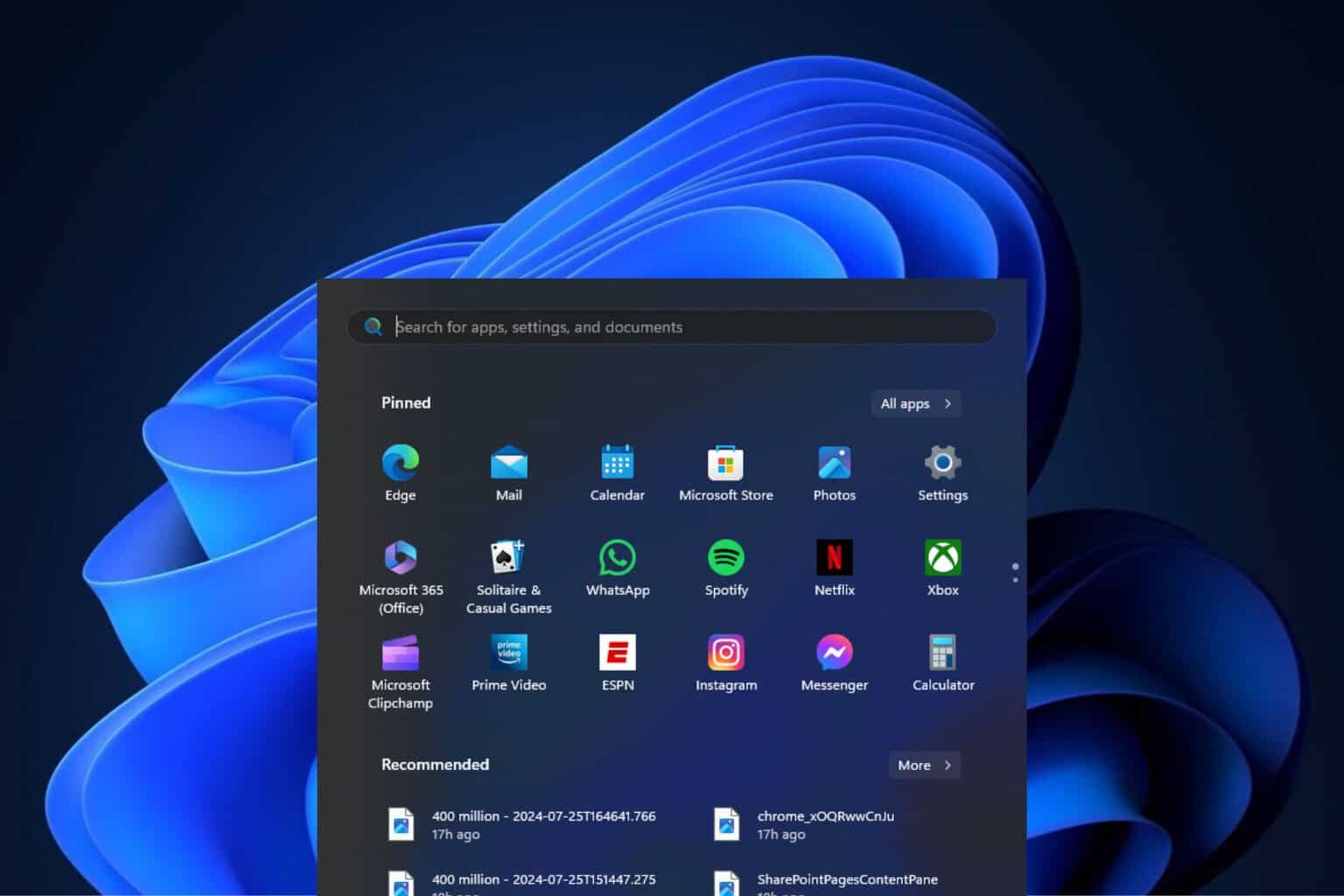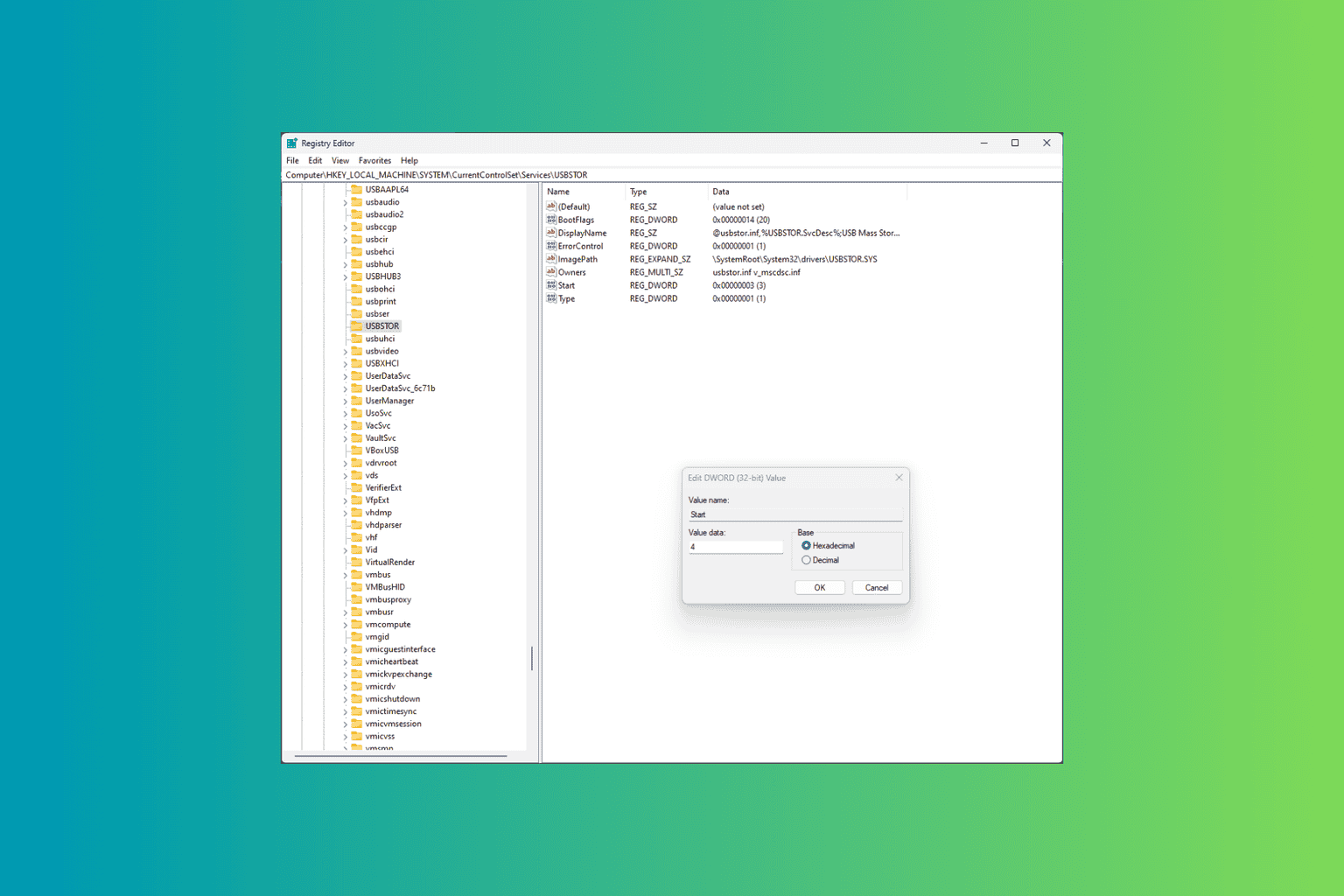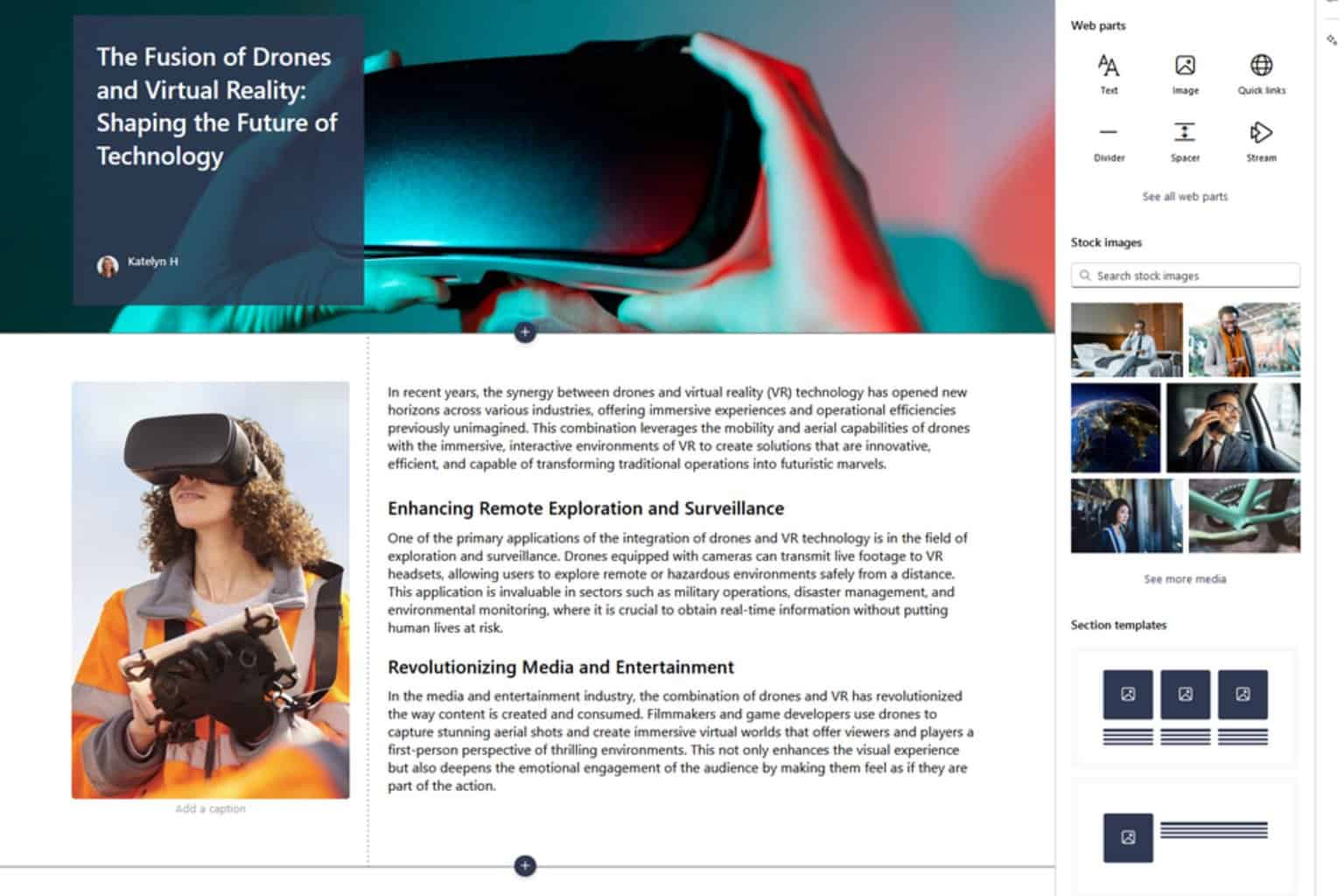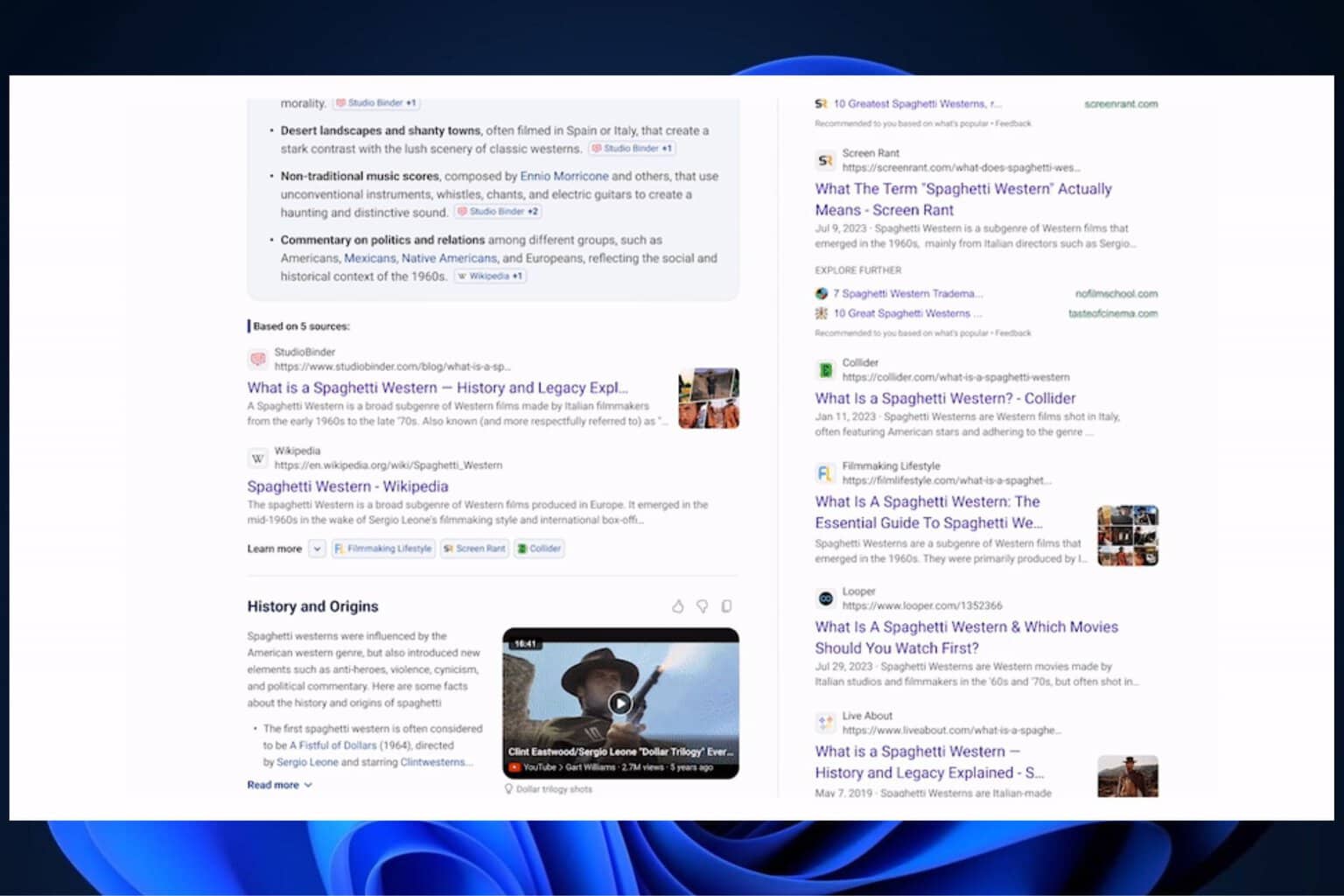KB5018496 for Windows 11: What you should know about it
6 min. read
Updated on
Read our disclosure page to find out how can you help Windows Report sustain the editorial team Read more
Key notes
- Microsoft has flighted another cumulative update to all Windows 11 users.
- Even though KB5018496 was made for version 22H2, all users can have it.
- Check out al the changes, improvements, and known issues for it right here.
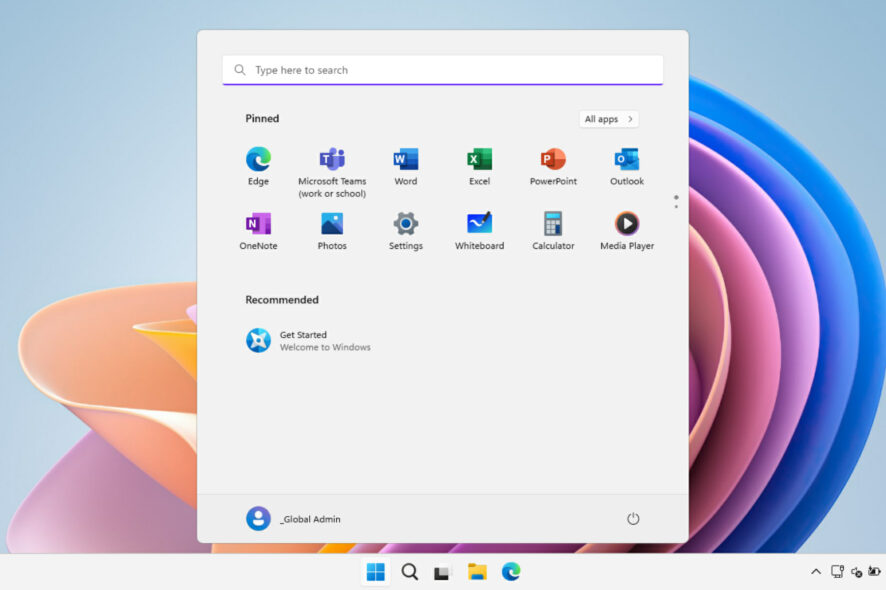
We know that Windows 11 Insiders are always thirsting for new content, so we’re about to discuss just that right now.
The Redmond tech company also known as Microsoft has just finished lighting Build 22621.755 to Windows 11 22H2 users.
Stick around and let’s take a more in-depth look at what this is all about and what we can expect from the new software.
What do I need to know about Windows 11 Build 22621.755?
Indeed, just as we said, Microsoft has released a new cumulative update KB5018496 (Build 22621.755) for Windows 11 versions 22H2 and below.
This new update brings the right-click Task Manager option, a new enhanced backup experience using Microsoft Account (MSA), and many more changes.
- Adds improvements to the Microsoft Account experience in Settings. For instance, you can manage your Microsoft OneDrive subscription and related storage alerts.
- Enhances search visual treatments on the taskbar to improve discoverability. This is available to a small audience initially and deploys more broadly in the months that follow. Some devices might notice different visual treatments as we gather feedback. To learn more about why you might be seeing these changes, see Search for anything, anywhere.
- Enhances the backup experience when using your Microsoft Account (MSA). Some devices might notice visual treatments for this enhancement. This is available to a small audience initially and deploys more broadly in the months that follow.
- Adds Task Manager to the context menu when you right-click the taskbar. This feature rolls out in the coming weeks.
- Enables the ms-appinstaller Uniform Resource Identifier (URI) to work for the DesktopAppInstaller.
- Stops the start of daylight saving time in Jordan at the end of October 2022. The Jordan time zone will permanently shift to the UTC + 3 time zone.
- Addresses an issue that affects Distributed Component Object Model (DCOM) authentication hardening. It automatically raises the authentication level for all non-anonymous activation requests from DCOM clients to RPC_C_AUTHN_LEVEL_PKT_INTEGRITY. This occurs if the authentication level is below Packet Integrity.
- Addresses an issue that affects the Windows Search service. Indexing progress is slow when you use the service.
- Addresses an issue that affects cached credentials for security keys and Fast Identity Online 2.0 (FIDO2) authentications. On hybrid domain-joined devices, the system removes these cached credentials.
- Addresses an issue that might affect some types of Secure Sockets Layer (SSL) and Transport Layer Security (TLS) connections. These connections might have handshake failures. For developers, the affected connections are likely to send multiple frames followed by a partial frame with a size of less than 5 bytes within a single input buffer. If the connection fails, your app will receive the error, “SEC_E_ILLEGAL_MESSAGE”.
- Addresses an issue that affects the Microsoft Azure Active Directory (AAD) Application Proxy connector. It cannot retrieve a Kerberos ticket on behalf of the user. The error message is, “The handle specified is invalid (0x80090301).”
- Addresses an issue that affects certificate mapping. When it fails, lsass.exe might stop working in schannel.dll.
- Addresses an issue that affects Microsoft Edge when it is in IE Mode. The titles of pop-up windows and tabs are wrong.
- Addresses an issue that affects Microsoft Edge IE mode. It stops you from opening webpages. This occurs when you enable Windows Defender Application Guard (WDAG) and you do not configure Network Isolation policies.
- Addresses an issue that affects title bars when you use third-party tools to customize them. The title bars did not render. This update ensures that title bars render; however, we cannot guarantee all text customizations will work as before.
- Addresses an issue that might cause vertical and horizontal line artifacts to appear on the screen.
- Addresses an issue that affects input method editors (IME) from Microsoft and third parties. They stop working when you close the IME window. This occurs if the IME uses Windows Text Services Framework (TSF) 1.0.
- Addresses an issue that might fail to sync the audio when you record game play using the Xbox Game Bar.
- Updates the Windows kernel vulnerable driver blocklist that is in the DriverSiPolicy.p7b file. This update also ensures that the blocklist is the same across Windows 10 and Windows 11. For more information, see KB5020779.
- Extends original equipment manufacturer (OEM) control of Hypervisor-protected Code Integrity (HVCI) enforcement for targeted hardware configurations.
- Addresses an issue that affects File Explorer. It is less dependable when you browse for Microsoft OneDrive folders.
- Addresses an issue that affects the button style BS_PUSHLIKE. Buttons that have this style are difficult to identify against a dark background.
- Addresses an issue in that stops the credential UI from displaying in IE mode when you use Microsoft Edge.
- Addresses an issue that affects Server Manager. It might reset the wrong disk when several disks have the same UniqueId. For more information, see KB5018898.
- Addresses an issue that affects the CopyFile function. It returns ERROR_INVALID_HANDLE instead of ERROR_FILE_NOT_FOUND when it is called with an invalid source file.
- Addresses an issue that affects the Start menu. It stops working when you use keyboard commands to move pinned items to a folder at the end of a list.
Known issues
- Using provisioning packages on Windows 11, version 22H2 (also called Windows 11 2022 Update) might not work as expected. Windows might only be partially configured, and the Out Of Box Experience might not finish or might restart unexpectedly. Provisioning packages are .PPKG files which are used to help configure new devices for use on business or school networks. Provisioning packages which are applied during initial setup are most likely to be impacted by this issue. For more information on provisioning packages, please see Provisioning packages for Windows.
- Copying large multiple gigabyte (GB) files might take longer than expected to finish on Windows 11, version 22H2. You are more likely to experience this issue copying files to Windows 11, version 22H2 from a network share via Server Message Block (SMB) but local file copy might also be affected.Windows devices used by consumers in their home or small offices are not likely to be affected by this issue.
What can I do if I can’t install KB5018496?
- Press Win+ I to access Settings.
- Select the System category and click on Troubleshoot.
- Press the Other troubleshooters button.
- Press the Run button next to Windows Update.
Don’t forget to report any other issues you might come across, in order for Microsoft to address and improve the overall OS experience for us all.
Updates will provide you with essential security, so be sure to stay secure and updated since KB5034122 for Windows 10 is here and essential for all users.
This is everything you can expect if you are a Windows 11 user. Leave a comment below if you found any issues since installing this cumulative update.





